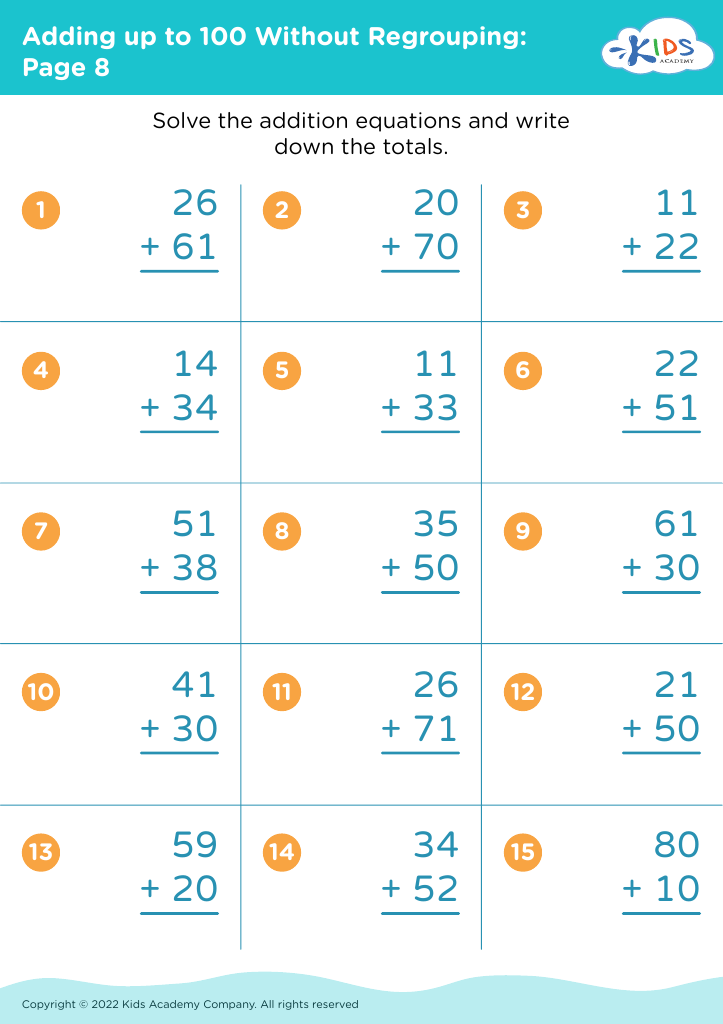Story sequencing Math Worksheets for Ages 4-7
5 filtered results
-
From - To
Enhance your child's mathematical understanding with our engaging Story Sequencing Math Worksheets tailored for ages 4-7. These worksheets are designed to help young learners grasp essential math concepts through storytelling, making learning both fun and effective. By sequencing stories, children will practice identifying and organizing numerical information while improving their critical thinking skills. Each worksheet features colorful illustrations and age-appropriate problems that guide kids through interactive math challenges. Perfect for home or classroom use, these worksheets encourage creativity while fostering a solid foundation in math. Download and watch your child's confidence soar as they master story sequencing!
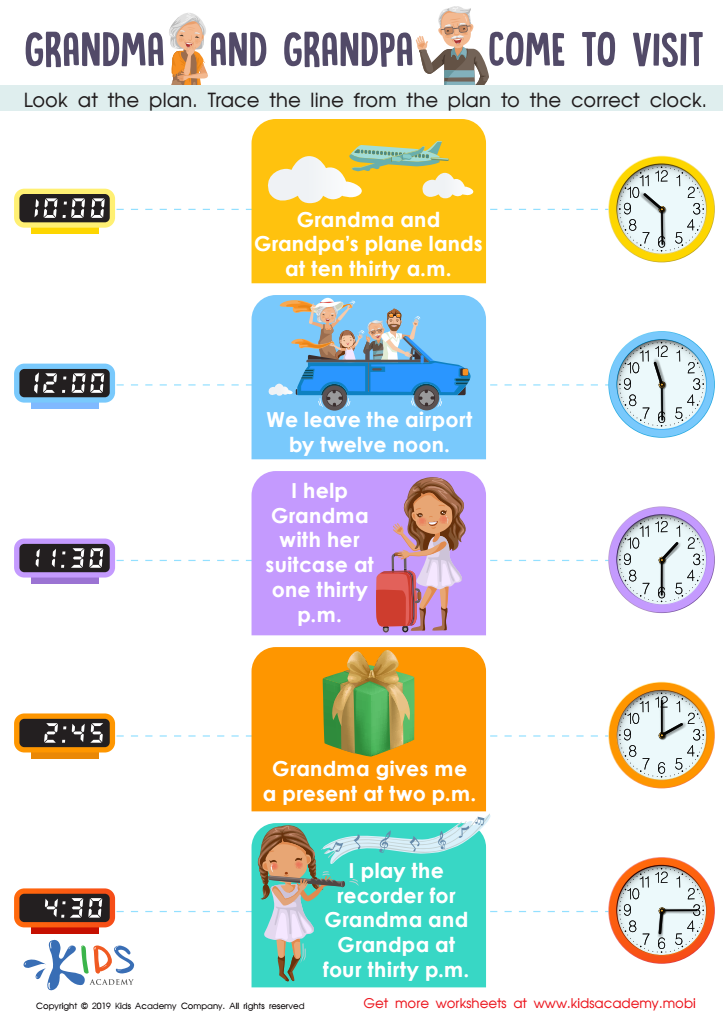

Grandpa and Grandma Come to Visit Worksheet
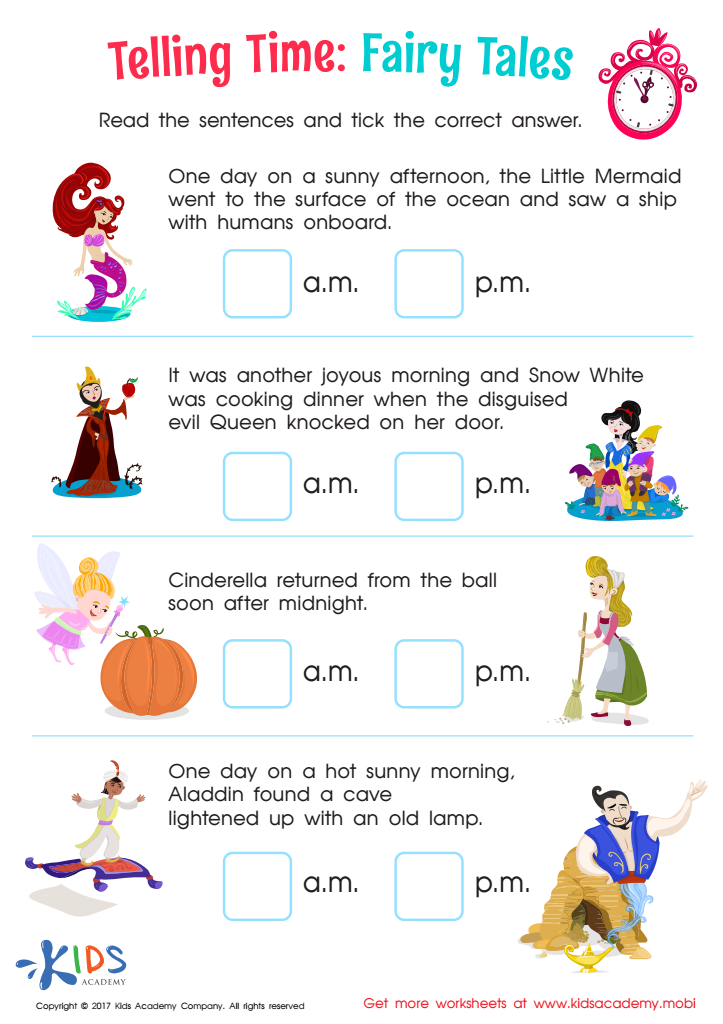

Telling Time: Fairy Tales Worksheet
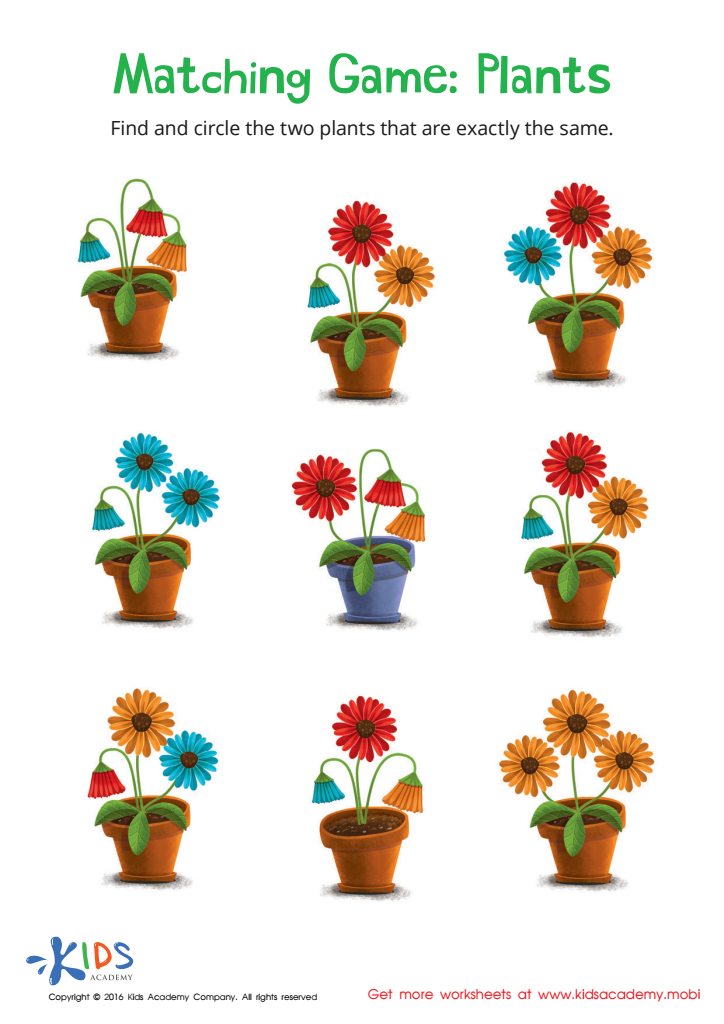

Matching: Plants Worksheet
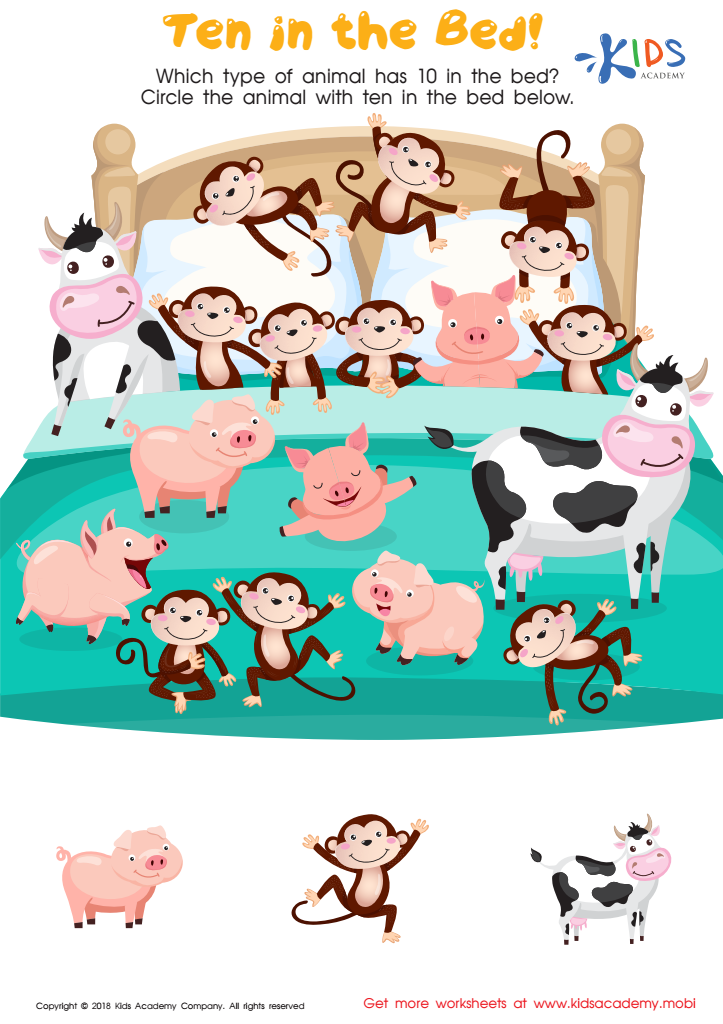

Ten in the Bed Worksheet
Story sequencing math combines storytelling and mathematical concepts, making it a valuable learning experience for children aged 4-7. Understanding story sequencing helps young learners grasp logical order, a foundational skill that enables them to comprehend both narratives and mathematical processes. For parents and teachers, fostering this skill is essential for cognitive development.
First, sequencing enhances critical thinking. By breaking down stories into beginning, middle, and end, children learn to identify patterns and cause-effect relationships, which parallels problem-solving in math. This also supports skills like addition and subtraction as they learn to arrange quantities in sequence.
Moreover, storytelling makes math more engaging and relatable. When math problems are contextualized within narratives, children are more likely to find them enjoyable and worthwhile. This engagement fosters retention and motivates them to participate in mathematical discussions.
Furthermore, story sequencing encourages language development. As children discuss and recount stories, they expand their vocabulary and comprehension skills, making connections between literacy and numeracy.
In conclusion, integrating story sequencing into math education enriches the learning experience, helping children develop critical skills that are vital for academic success. Both parents and teachers should prioritize these activities for holistic learning.
 Assign to My Students
Assign to My Students

